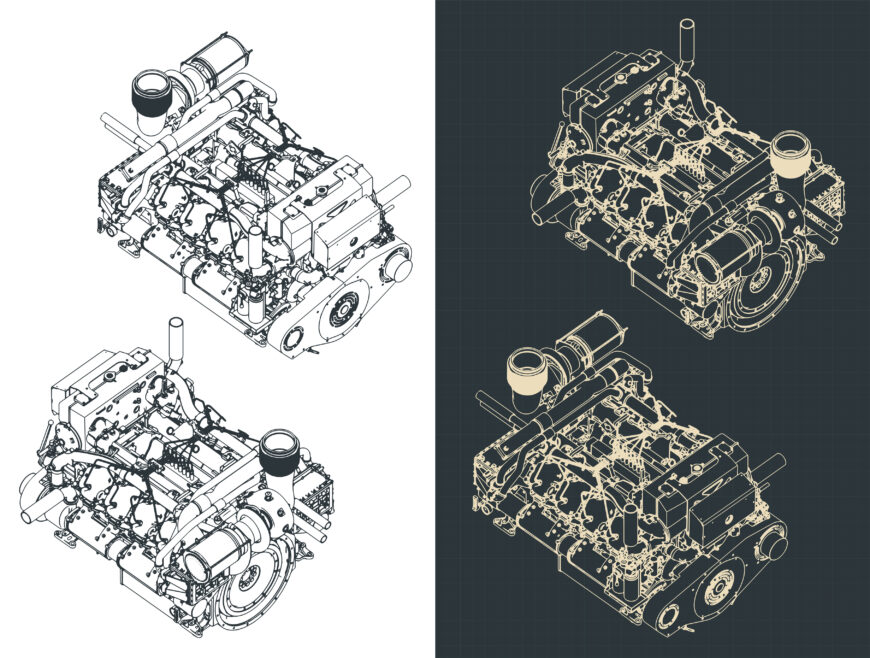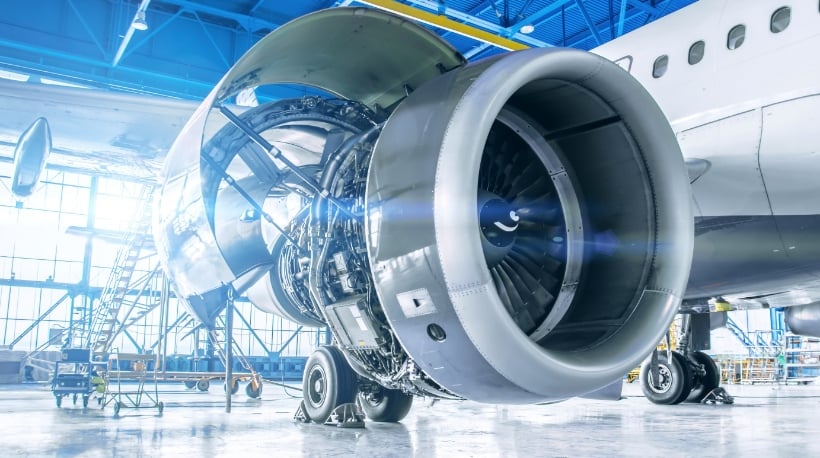The Mission for Ultimate Driving Power: Examining the Peak of Engine Efficiency and Technological Developments in the Automotive Industry
In the realm of automotive engineering, the search of maximum driving power has actually been a ruthless quest that has actually unravelled with the advancement of engine style and the integration of cutting-edge innovations. From the meticulous craftsmanship of combustion engines to the quick improvements in electric propulsion systems, the automobile industry stands at the cusp of a brand-new age characterized by unmatched performance abilities.
Development of Engine Design

Moreover, the assimilation of turbocharging and supercharging technologies has reinvented engine layout by enhancing power without substantially enhancing engine dimension. These forced induction systems press the consumption air, enabling more fuel to be combusted, therefore producing greater power outcome from a smaller sized engine. This innovation has been particularly essential in enhancing the efficiency of smaller sized displacement engines while maintaining fuel efficiency criteria.

Performance-Enhancing Gas Technologies
The application of sophisticated gas modern technologies has actually substantially contributed to enhancing engine performance in contemporary cars. From traditional fuel and diesel to cutting-edge biofuels, synthetic gas, and hydrogen, the auto sector is experiencing a revolution in gas alternatives. Biofuels, stemmed from eco-friendly sources like algae, sugarcane, or corn, offer improved and reduced discharges engine performance. Synthetic gas, produced through chemical procedures, provide high octane ratings, enhancing power output. Hydrogen fuel cells, although still in the onset of adoption, show wonderful guarantee due to their zero-emission nature and capacity for high efficiency. In addition, fuel ingredients and detergents are being developed to tidy engine components, optimize burning, and decrease friction, consequently improving total vehicle efficiency. With recurring research study and development, the quest for the ultimate driving power continues, as engineers make every effort to unlock the complete potential of performance-enhancing gas technologies in the auto market.
Advancements in Electric Propulsion
Considerable strides in electrical propulsion technology have revolutionized the vehicle market, leading the way for a brand-new age of efficient and sustainable transport. Electric cars (EVs) are getting appeal as a result of their ecological advantages and advancements in battery technology, enabling longer driving arrays and much shorter charging times. Suppliers are spending greatly in study and growth to improve the performance of electrical propulsion systems, concentrating on raising power output, improving energy performance, and lowering general weight.
One notable breakthrough in electrical propulsion is the advancement of sophisticated electrical motors that provide higher torque and power density, causing enhanced velocity and general driving performance. In addition, regenerative stopping systems have been improved to save and catch energy throughout deceleration, more improving the efficiency of EVs.
Moreover, the combination of smart modern technologies, such as expert system and anticipating analytics, is enhancing the monitoring of electric propulsion systems, making certain ideal efficiency under different driving problems. These improvements in electric propulsion are reshaping the automotive landscape, driving the sector towards an extra sustainable and energized future.
Impact of Computational Liquid Dynamics
With innovations in electric propulsion pressing the boundaries of here auto innovation, the integration of Computational Liquid Characteristics is playing an essential duty in optimizing wind resistant performance and improving total efficiency in automobile design. Computational Liquid Characteristics (CFD) includes using computer system simulations to analyze the circulation of air around an automobile, making it possible for engineers to predict exactly how layout adjustments will impact aerodynamics without the requirement for pricey physical models. By accurately modeling airflow patterns, CFD enables for the improvement of automobile shapes to minimize drag, boost air conditioning, and boost security.
One key benefit of utilizing CFD in car style is the capability to iterate quickly, checking out many layout variants to recognize one of the most aerodynamically reliable remedies. This repetitive procedure results in cars that are not only sleeker and a lot more aesthetically attractive yet additionally a lot more fuel-efficient and eco-friendly. In addition, CFD makes it possible for engineers to maximize airflow around components such as radiators, engine bays, and wheel wells, adding to boosted efficiency and total driving experience. To conclude, the assimilation of Computational Liquid Characteristics represents a considerable progression in the mission for supreme driving power and effectiveness in the automobile industry.
Future Trends in Engine Innovation
In the vibrant landscape of vehicle engineering, innovative improvements are shaping the future trajectory of engine development. The future of engine design is marked by a strong emphasis on sustainability, efficiency, and efficiency. Suppliers are progressively concentrating on establishing engines that not only deliver high power results however also focus on environmental obligation by boosting and decreasing exhausts fuel performance.
One link famous pattern in engine development is the rise of electrification. Crossbreed and electrical powertrains are getting traction as viable options to standard burning engines. These innovations offer the possibility for substantial decreases in carbon exhausts and increased energy performance, aligning with worldwide initiatives to deal with environment change.
Moreover, developments in products scientific research and manufacturing methods are making it possible for the production of lighter and a lot more sturdy engine components. This change in the direction of light-weight products such as carbon fiber and light weight aluminum alloys adds to improved performance and fuel economic situation.
Conclusion
To conclude, the pursuit of utmost driving power in the automotive industry remains to drive improvements in engine layout, gas innovations, electrical propulsion, and computational liquid characteristics. The evolution of these technologies is shaping the future of engine advancement, leading the way for much more powerful and effective automobiles (engines for africa). As the sector remains to push the borders of what is feasible, we can anticipate to see much more groundbreaking growths in the quest for peak performance
One of the crucial landmarks in engine layout evolution is the shift from standard carbureted engines to contemporary fuel-injected systems. By exactly metering the gas distribution to each cylinder, fuel-injected engines optimize combustion, resulting in far better efficiency and decreased environmental influence.
In addition, the assimilation of turbocharging and turbo charging innovations has changed engine layout by enhancing power without significantly boosting engine size (engines for africa).The execution of sophisticated fuel modern technologies here are the findings has significantly added to improving engine performance in modern-day automobiles. Additionally, gas ingredients and detergents are being created to tidy engine elements, enhance combustion, and lower friction, thereby boosting overall automobile performance
Comments on “Engines for Africa: Locate Affordable and Dependable Car Parts Right Here!”